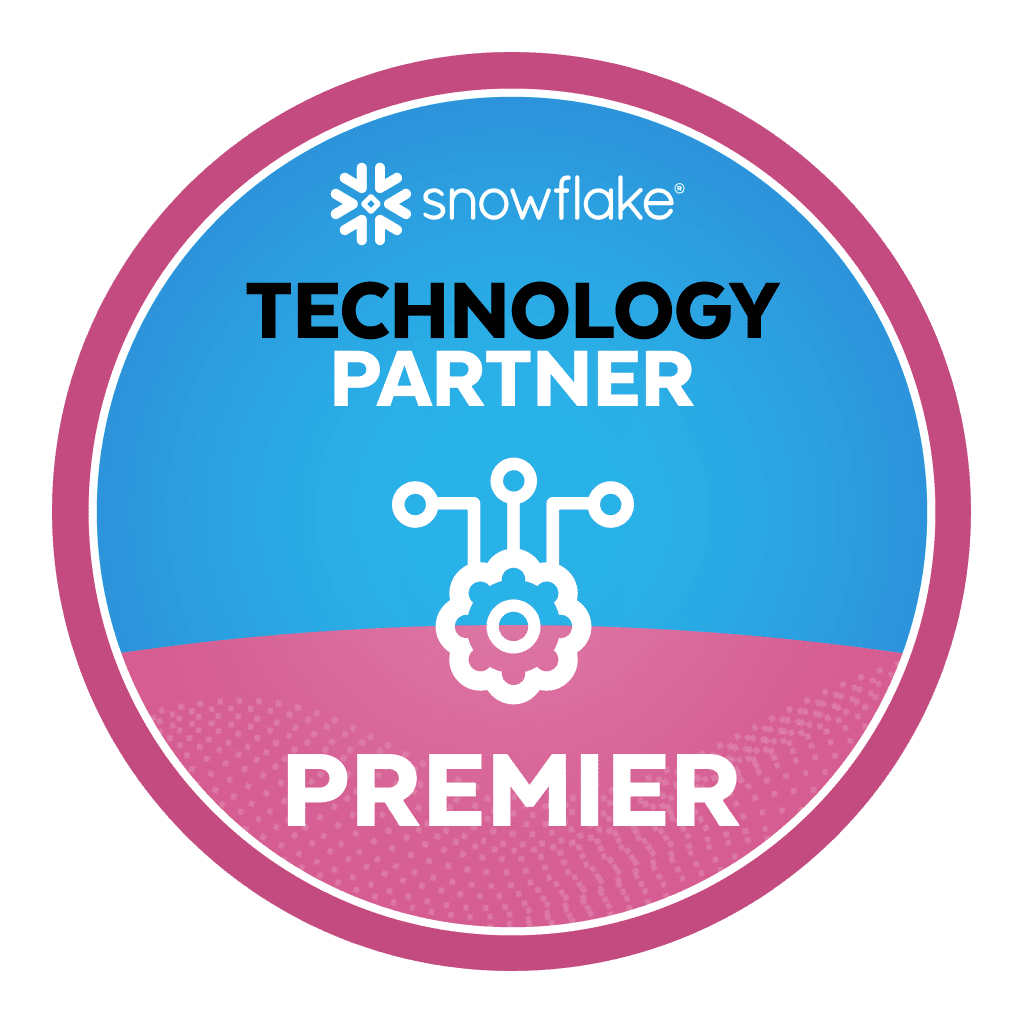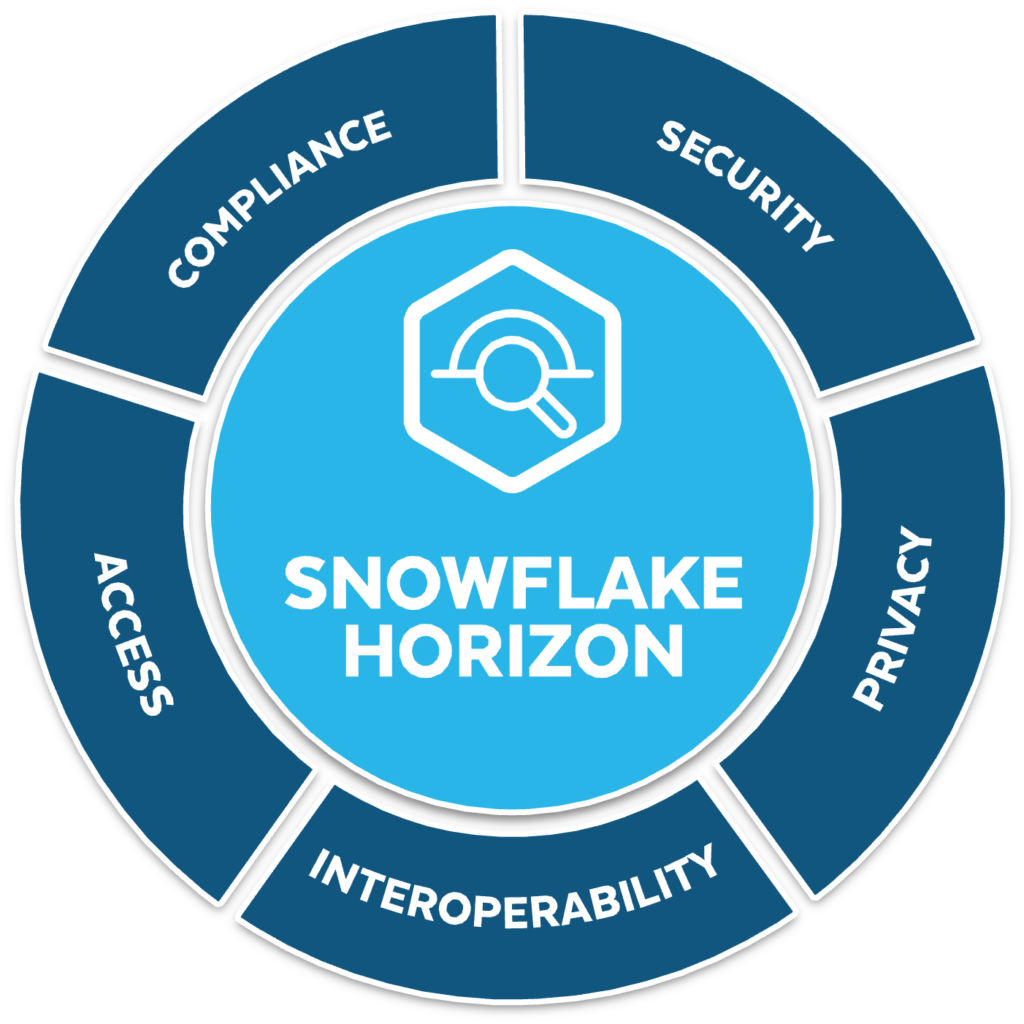Technical Metadata enables enterprises to streamline their data management processes. As a result, it is critical for data and analytics leaders to have a well-thought-out metadata management strategy. This article will discuss the following technical metadata topics:
What is Technical Metadata?
Information about technical qualities required for data presentation, modification, and analysis is defined by technical metadata, including data type, field length, content profiling (including lineage), and more. Object and file storage systems (such as Amazon S3, Azure ADLS, or Google Cloud Storage) and relational database management systems (through JDBC/ODBC or other connectors) use various types of metadata to organize and label data.
Technical metadata allows us to organize data sources and their attributes more effectively. Within technical metadata, you will find the following information:
Source of the information
This set of attributes stores the information about the source system, as well as relevant accompanying information required for data accessibility, such as:
- The software version
- Connection string
- Network endpoint(s)
- Chosen source format type
- Drivers
These are common to various datasets and typically get defined at a higher level of abstraction.
Credentials
While working with external systems, technical metadata can set required access credentials to access data on the user’s behalf while working with external systems. This requirement may include the JDBC/ODBC account and password and IAM credentials, among other things (LDAP user info, Kerberos principal and keytabs, etc.).
Location
A file or object path (for example, s3:/foo-bucket/data/table1), or a table name reference to the underlying database system, is typically used in this field (like salesdb.transactions-q4-2022). A dataset object is created by mapping a specified source, such as a directory or table as a dataset mapping object.
Mapping
Translating information into a technical metadata library from the source system is often essential. Depending on the systems, this may comprise field mappings or other details required to construct a data exchange link between them.
Schemas
Essentially, a schema is a pure metadata procedure used for onboarding datasets. This involves specifying datasets that may be discovered and used by downstream apps and clients. Schemas hold the logical structure of a dataset, which includes the table attributes and columns with their names, data types, and other information.
In addition, objects at any level can get tagged with attributes that can be utilized for classification reasons or as part of the access policies for that object. For example, using the attribute PII: birthday, you can tag a column containing birthdays and then set a policy that prevents direct access to that column unless the user has been explicitly allowed permission to read that tag.
Technical metadata comprises physical characteristics that aid in the loading of data from its sources. It enables systems to obtain access to the data and transform it on-read into the prescribed schema and provide it securely to clients, thereby enhancing their overall functionality.
Classifications of Technical Metadata
It should be evident that technical metadata is essential for ensuring that your organization’s huge collection of digital assets is easy to traverse and that your team members can quickly identify the assets they’re searching for when working on a project. The absence of metadata increases the likelihood that your precious digital goods will be lost in a sea of a complex, chaotic folder structure somewhere on someone’s computer (you don’t know whose). Ultimately, this feature allows you to search for your digital assets. Generally speaking, technical metadata can get divided into three categories:
Structural Metadata
A digital asset’s structural, technical metadata refers to how a digital asset gets organized, such as how pages in a book get grouped into chapters or the notes that make up a notebook in Evernote or OneNote. Structural metadata also indicates whether a particular asset is a part of a single collection or a collection of collections. It aids in the navigation and presentation of information in an electronic resource by indicating whether the asset is part of a single collection or multiple collections.
Administrative Metadata
Administrative, technical metadata is information about the technical origins of a digital object, such as its source code. It contains information such as the file type and the date and method by which you created the asset. Also known as usage rights metadata, this type pertains to usage rights and intellectual property. It contains information such as the owner of an investment and where and how you can use it. This information dictates the lifespan of a digital asset for permitted purposes under the current license.
Descriptive Metadata
When it comes to detecting and recognizing assets, descriptive metadata is critical. Why? It is information about the asset that describes it, such as the item’s title, author, and related keywords, among other things. Descriptive technical metadata allows you to locate a book in a given genre that was released after 2016, for example, because a book’s metadata would include both the genre and the publishing date of a particular book. It is worth noting that the ISBN system is a fantastic example of a pioneering effort to use metadata to consolidate information and make it easier for people to find resources.
Best Practices for Technical Metadata Management
For metadata to be helpful, it must be easily available, searchable, and used by the intended audience. This feature necessitates the use of a metadata management procedure. But where do you even begin? The guidelines outlined below will help to guarantee that technical metadata gets used to its full potential throughout the company.
Read about how How Stale Metadata Causes Data Projects to Fail
Recognizing Your Strategy
It is possible to achieve alignment with business objectives, identify high-priority activities, and evaluate implementation methodologies with the support of a robust metadata strategy. The importance of linking metadata management activities to digital transformation efforts, such as:
- Digitalization
- Omnichannel enablement
- Enterprise resource planning modernization
This management cannot get overstated, as these efforts often rely on data accessibility and quality.
Defining Responsibilities
Your organization will likely have a variety of metadata authors, consumers, and administrators. It is important to define ownership and responsibilities clearly to establish accountability for metadata quality. You will be able to maximize resource usage if your duties are well defined. Critical data constitutes no more than 10 to 20 percent of total data volume in most businesses. Determine the importance of data assets and where metadata leadership should get concentrated.
Application of Technical Metadata Standards
Common metadata standards ensure that your vendor and customer groups use and interpret metadata in the same way.
Metadata standards have evolved, and they differ in the level of detail and complexity they require. Generic metadata standards, such as the Dublin Core Metadata Element Set, apply to a greater range of groups and make your data more compatible with other means by making it more general. On the other hand, the subject-specific metadata standards make it easier to search for information in a given field. The ISO 19115 standard, for example, is well-suited to the needs of the geospatial sector. You can determine which measures are the most compatible with your use cases and your communities by conducting a comparison.
Conclusion
As the volume of data grows, the data environment becomes more complex, as does the data itself. When it comes to preparing and storing data, making it available to users, and establishing standards for incoming data, companies can face increasing difficulties. These data management difficulties limit the utilization of organizational data and prevent it from being used to its full potential. Metadata is critical for businesses to make better use of their data. It simplifies dealing with data since metadata contains the information needed to understand other data.
As a whole, Technical Metadata is what allows you to determine whether or not you’re working with the most recent version of a digital asset. Additionally, it can save you from legal trouble by preventing unauthorized users from accessing rights-restricted assets and using them for purposes that don’t get explicitly permitted by the licensing agreement.
Satori offers capabilities to simplify and secure data access and data management. For example, Satori continuously discovers data (including types of sensitive data) and map it in a data inventory that is always current.
To read more about Satori:



